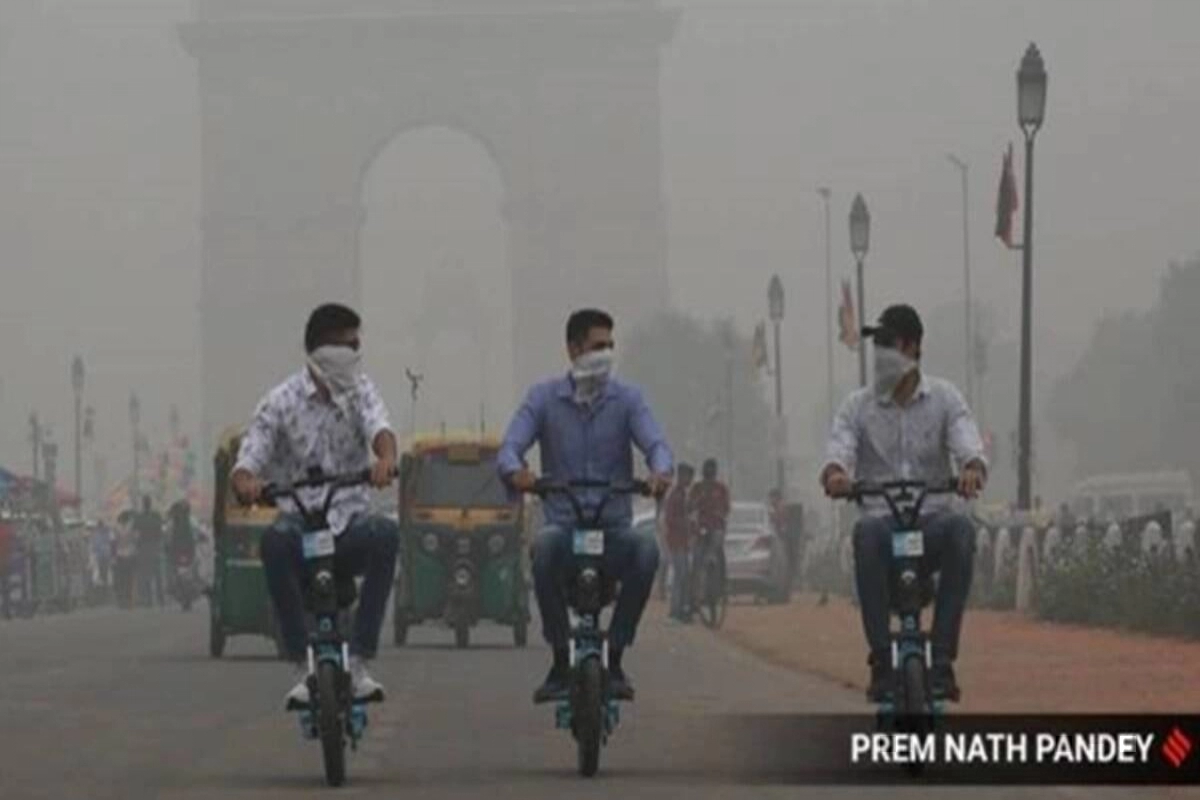According to a recent study published in Nature Geosciences, certain regions of China and India are nighttime hotspots for the production of nitrate radicals, which may increase the amount of hazardous ozone and PM2.5 small particulate matter in the atmosphere. A nitrogen atom is joined to three oxygen atoms to form nitrogen oxide, which is effectively a nitrate radical. Nitrogen oxides are reactive gases that control the production of air pollutants including ozone and PM2.5, said Zongbo Shi, a co-author of the study.
Nitrogen oxides are reactive gasses that control production of air pollutants including ozone and PM2.5
In contrast to parts of China and India, cities in Europe and the US have experienced a decline in the amount of nitrate radicals created at night.
Shi stated,
“Nitrate radicals will oxidise gas pollutants such as volatile organic compounds (VOCs), which will then generate ozone and secondary organic aerosol. So, this deteriorates air quality. Ozone is an air pollutant that affects human health and crop yield. Secondary organic aerosol is an important component of PM2.5,” S
The study found that three groups of Chinese megacities produced more nitrate radicals than usual (North China Plain, Yangtze River Delta and Pearl River Delta). The similar incident also occurred in other places of India. The synthesis of nitrate radicals also rises at night in various regions of India, particularly in the north. Shi contends that it will be more difficult for India to improve air quality in the future if it adopts styles from China and Los Angeles.
Also Read: Delhi CM Kejriwal takes a rain check on LG’s invite over teachers’ training proposal
Will be difficult for India to improve air quality, if it adopts tendencies from China and Los Angles
As per study, even if nitrate emissions are decreased and managed, nighttime oxidation in China will rise if the trend of rising ozone pollution persists. However, experts believe that lowering VOC emissions could lessen this nighttime oxidation in China and other places based on patterns in Los Angeles since 1980 and global shifts following the Covid-19 outbreak.
The main sources of man-made VOCs, according to the United States University Corporation for Atmospheric Research, are industrial operations and automobile exhaust.The nitrate radical-driven nocturnal oxidation process is a crucial but poorly known atmospheric chemistry mechanism.
Also Read: After Jamia Milia Islamia and JNU, DU students to hold screening of BBC documentary on PM Modi
Keep watching our YouTube Channel ‘DNP INDIA’. Also, please subscribe and follow us on FACEBOOK, INSTAGRAM, and TWITTER
